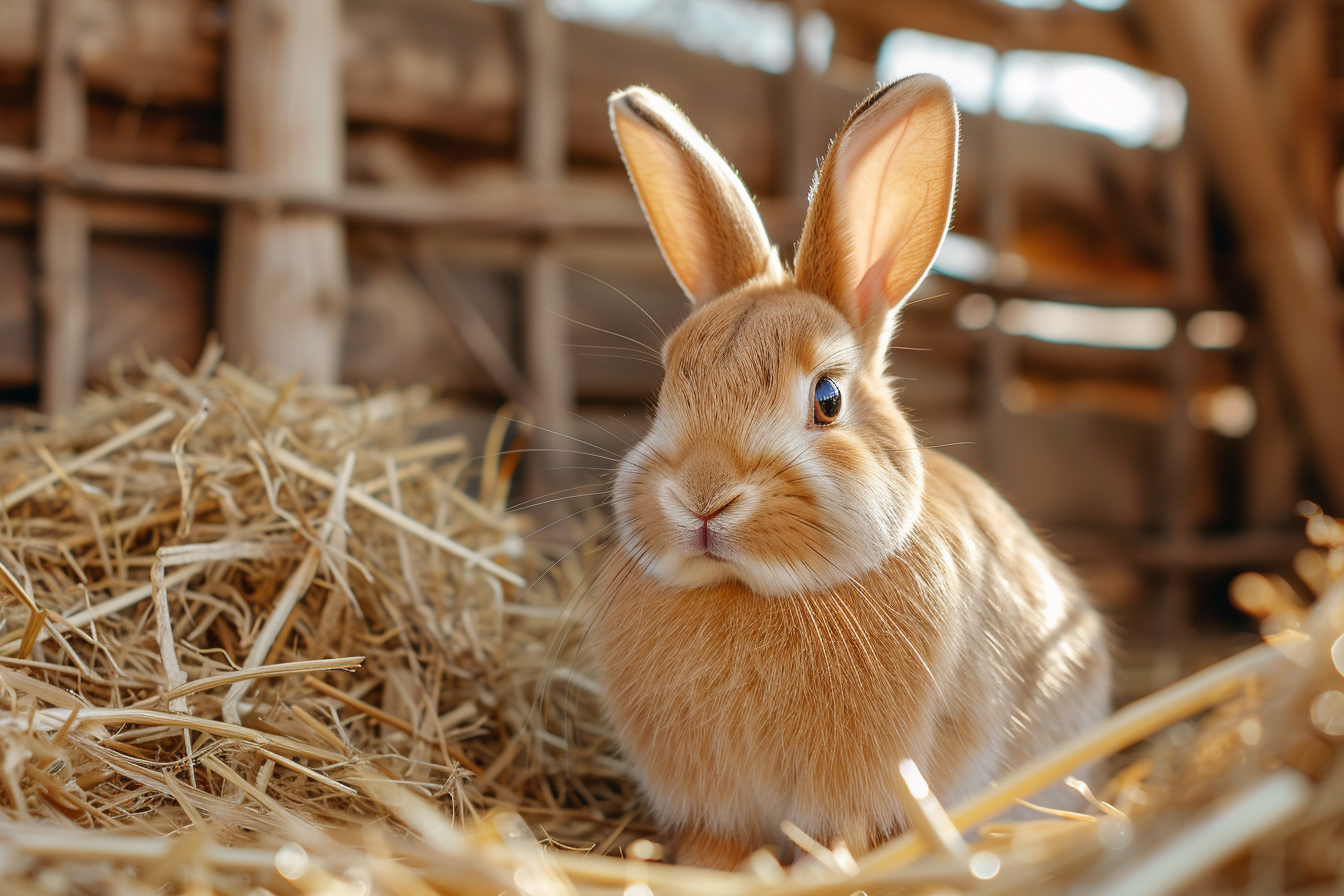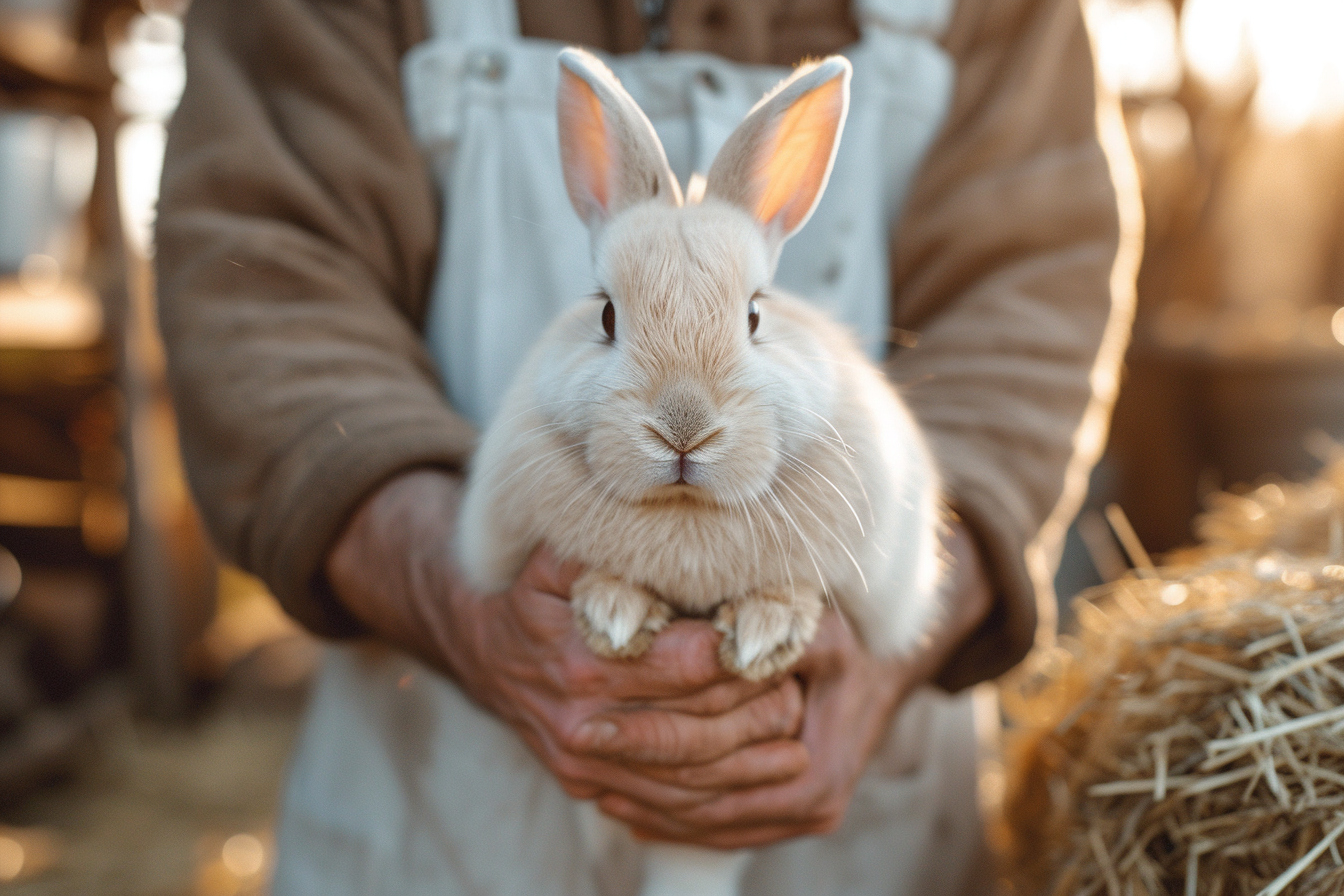
Breeding rabbits can be a rewarding venture, both as a hobby and commercially. Rabbits are prolific breeders, known for their ability to produce large numbers of offspring. However, successful rabbit breeding requires more than just placing a buck and doe together; it involves meticulous planning, comprehensive care, and effective management strategies. Through a combination of science and practical experience, breeding programs can yield healthy litters, robust offspring, and satisfied breeders.
Understanding rabbit reproduction
Rabbits are induced ovulators, which means that the female (doe) releases eggs in response to mating, not cyclically like many other animals. This unique trait allows them to breed at almost any time of the year. Before embarking on a breeding program, it’s essential to be familiar with the reproductive anatomy and physiology of rabbits, as well as their behavioral patterns during mating.
Selecting breeding stock
The choice of breeding stock is paramount. Select rabbits that are of optimal breeding age—generally between 6 and 9 months for does, and slightly older for bucks. Look for individuals that are healthy, free from genetic defects, and with desirable traits, such as good body conformation, strong immunity, and exemplary breed characteristics. Keeping detailed records of lineage will prevent inbreeding and assist in making informed breeding decisions.
Pre-Breeding health checks
Each rabbit intended for breeding should undergo a thorough health check. This encompasses evaluating their weight, condition of fur, detection of parasites, and general demeanor. Strong emphasis on preventative care—including vaccinations and regular deworming—will help maintain a healthy breeding stock. Neglect in this area can lead to compromised litters and even loss of the breeding stock.
Providing optimal nutrition
Rabbits require a balanced diet to ensure reproductive success and health of the litters. High-quality feed should form the basis of their diet, supplemented with fresh hay, vegetables, and clean water. The nutritional needs of rabbits change during different stages of reproduction; for instance, does may require higher protein content during gestation and lactation. Therefore, adjusting dietary plans according to these stages is a critical element in rabbit breeding.
Mating and monitoring
When introducing the doe to the buck’s cage (always bring the doe to the buck to prevent territorial aggression), experienced breeders look for signs of receptivity. Mating typically occurs quickly, and it’s advisable to confirm successful mating through the buck’s characteristic fall-off or through palpation of the doe a few weeks later. Monitoring and adjusting mating pairs based on success rates and offspring quality is crucial.
Gestation and birth
The gestation period for rabbits is short, typically ranging from 28-31 days. During this time, minimizing stress for the doe is key. As delivery approaches, provide a nesting box filled with straw or hay for the doe to prepare her nest. Timely intervention during birthing complications can save both the doe and her kits. Novice breeders should acquaint themselves with potential birthing problems and know when to seek veterinary assistance.
Postpartum care
Postpartum care is as significant as care during pregnancy. The doe will require privacy and an increased nutrients intake to support lactation. Monitoring the health of both the doe and her kits, ensuring their environment is clean, and safeguarding against extreme temperatures are integral aspects of postpartum management.
Handling litters and weaning
Newborn kits must be handled with care. Checking daily for signs of poor health or abandonment by the doe is important. Quality care for the litter includes maintaining an optimal nest box environment. Weaning occurs usually at about 4 to 6 weeks of age, depending on the breed and individual development. It should be done gradually to reduce stress on both the doe and the kits.
Record keeping
No matter the scale of the breeding program, thorough record-keeping is essential. This includes tracking mating dates, birth records, growth rates, health issues, and more. Such data become invaluable over time, aiding in refining breeding strategies and enhancing overall productivity.
Housing and environment
A clean, safe, and comfortable environment contributes to successful breeding. Adequate housing not only prevents the spread of disease but also lessens the stress on the animals. Regular cleaning and maintenance of housing facilities cannot be overstated. Proper ventilation, temperature control, and space allowance per rabbit will keep the breeding stock in optimal condition.
Health and disease management
Preventative measures and immediate attention to health concerns underpin successful rabbit breeding. Breeders should stay vigilant for signs of illness such as changes in appetite, behavior, or droppings. A relationship with a knowledgeable veterinarian will enable prompt treatment when required and advice on disease prevention protocols.
Rabbit breeding is a complex task that demands knowledge, patience, and dedication. By adhering to these strategies and continually educating oneself on the nuances of rabbit care, breeders can aspire to establish thriving and sustainable rabbitries. Remember, each decision made impacts not just the current litter, but the long-term health and productivity of the breeding stock.
The pursuit of excellence in rabbit breeding is ongoing, with best practices always evolving as more is learned about these fascinating creatures. Thus, it is the responsibility of breeders to remain current with the latest research, adapt to new information, and strive for the best possible outcomes for their rabbits.











